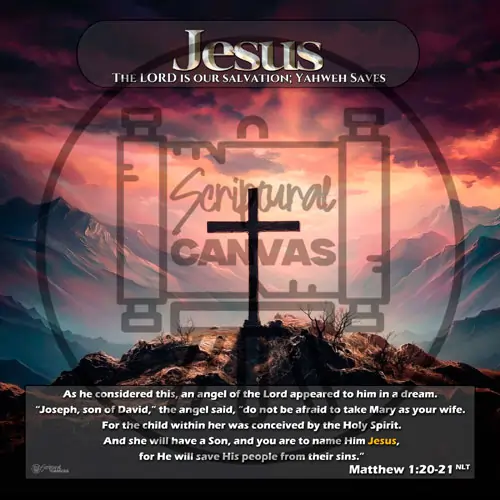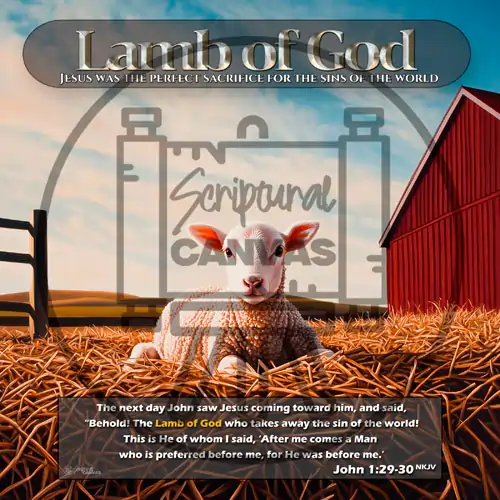Description
The Visual Manifestation of Sovereignty: Our King of Kings
The image presents a royal crown, a symbol of dominion and authority, placed upon a crimson table cloth, a color often associated with royalty and sacrifice. This juxtaposition immediately directs our attention to the concept of kingship, specifically the ultimate kingship of God. The crown, meticulously rendered, speaks of a power that transcends earthly rulers, while the cloth, rich in color, hints at the cost and the glory of such sovereignty. The outdoor setting, with its expansive blue sky and verdant trees, frames the crown within the vastness of God’s creation, suggesting that His rule extends over all things visible and invisible.
Revelation 17:14: The Climax of Divine Authority
The title, “King of Kings,” directly references Revelation 17. This passage proclaims, 12 “The ten horns which you saw are ten kings who have received no kingdom as yet, but they receive authority for one hour as kings with the beast. 13 These are of one mind, and they will give their power and authority to the beast. 14 These will make war with the Lamb, and the Lamb will overcome them, for He is Lord of lords and King of kings; and those who are with Him are called, chosen, and faithful.”
These verses unveil the ultimate triumph of Jesus Christ, the Lamb, over all earthly powers. The title “King of Kings” isn’t merely a decorative honorific; it’s a declaration of absolute authority, a statement that underscores Christ’s supremacy over every ruler, both present and future. The image captures this sense of finality and power, placing the crown against the backdrop of a world that ultimately belongs to Him.
The Crimson Cloth: Symbolism of Sacrifice and Royalty
The crimson table cloth, upon which the crown rests, carries a rich symbolism. In biblical contexts, crimson is often associated with royalty, but also with sacrifice. The color evokes the blood of Christ, shed as the ultimate sacrifice for humanity. This duality – royalty and sacrifice – is central to the Christian understanding of Christ’s kingship. He is not a king who merely demands obedience; He is a king who gave Himself for His subjects. The cloth, therefore, is not just a stage for the crown; it’s a reminder of the cost of divine sovereignty, a cost borne out of love.
The Expansive Sky and Lush Trees: God’s Kingdom Revealed
The outdoor setting, with its clear blue sky and lush trees, serves as a visual representation of God’s kingdom. The sky, vast and boundless, mirrors the infinite scope of His rule. The trees, rooted in the earth and reaching towards the heavens, symbolize the interconnectedness of creation and the all-encompassing nature of God’s dominion. This setting is not merely a backdrop; it’s an integral part of the image’s message. It reinforces the idea that Christ’s Kingship is not confined to a throne room or a temple; it extends to every corner of creation.
Echoes of Kingship: Other Scriptural References
The title “King of Kings” is not unique to Revelation 17:14. It appears in other significant passages, notably 1 Timothy 6:15, which speaks of God as “the blessed and only Potentate, the King of kings and Lord of lords.” This verse emphasizes the singular and unparalleled nature of God’s authority. These references throughout scripture serve to underscore the consistent message of Christ’s supreme rule. They reinforce the idea that the crown in the image represents not just a fleeting moment of power, but an eternal and unchanging truth.
Art as a Medium for Scriptural Truth: Visual Theology
The Scriptile image acts as a form of visual theology, translating complex scriptural concepts into a tangible form. It allows viewers to engage with the idea of Christ’s kingship on an emotional and intuitive level. The crown, the cloth, and the setting are not merely aesthetic elements; they are symbols that convey deep spiritual truths. By presenting these symbols in a visually compelling manner, the image makes the abstract concept of divine sovereignty more accessible and relatable.
Reflection and Worship: Responding to the King of Kings
Ultimately, this Scriptile image invites reflection and worship. It encourages viewers to contemplate the implications of Christ’s kingship in their own lives. The crown, set against the backdrop of creation, serves as a reminder of God’s ultimate authority and love. It prompts a response of reverence and submission, a recognition of the One who is truly “King of Kings.” The image is a visual invitation to acknowledge and celebrate the dominion of the Lord over all of his realm.







Reviews
There are no reviews yet.